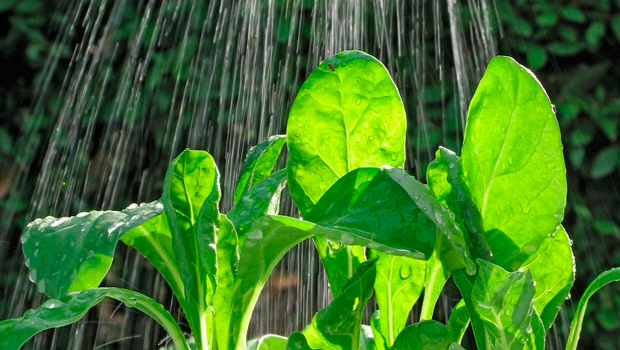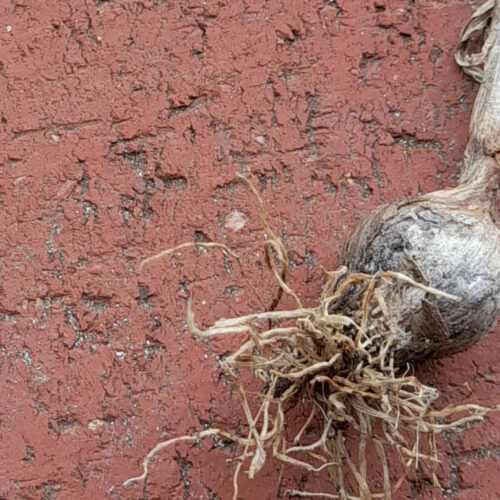Watering in winter
2013-05-30T04:35:26+10:00
Knowing when to water your garden is a vital skill to master, especially in winter, when every climate zone in Australia does something different. JUSTIN RUSSELL offers some tips.
Depending on where you live in Australia, you’ve either finished your dry season and entered your wet, finished your wet and entered your dry, or if you live somewhere like Sydney, which is fairly consistent across the seasons, you’re likely to be getting your usual dose of 80 or so millimetres a month.
Such is the diversity of Australia’s geography and climate that a one size fits all approach just doesn’t work when it comes to irrigation. It’s vital to tailor your watering efforts not only to the plants being grown, but to the weather patterns that prevail in your neck of the woods during winter.
In the tropics, it’s likely that you’ll need to irrigate many crops daily. In the subtropics, winters are generally dry and plants can dry out surprisingly fast, particularly in the case of newly planted seedlings. Supplemental irrigation will be required to get them established, but then natural rainfall may be enough to see them through until spring. In the south of Australia, the wet season has started. Depending on rainfall, irrigation may not be required at all until conditions dry out closer to summer.
How do you know what to do? For a start, get to know what you’re growing, and develop a good understanding of your plants’ water needs. Lavender, for example, loves a winter wet climate, but only if it has good drainage at the roots. Few plants enjoy sitting in cold, swampy soil, so you’ll need to tailor your watering methods to suit. By contrast, I’ve actually lost newly planted lavenders in my winter dry garden by attempting to establish them without extra irrigation.
A scientific aid in deciding when to irrigate is a device known as a soil moisture meter. These range from basic push into the soil type probes to permanently installed sensors and will take much of the guess work out of irrigation. As for me, I prefer a more folksy approach, using my index finger as a moisture probe. Poke it into the soil down to the second knuckle. If the soil feels dry, water, if it feels moist, hold off for a week and test again. Doesn’t get any simpler than that.






